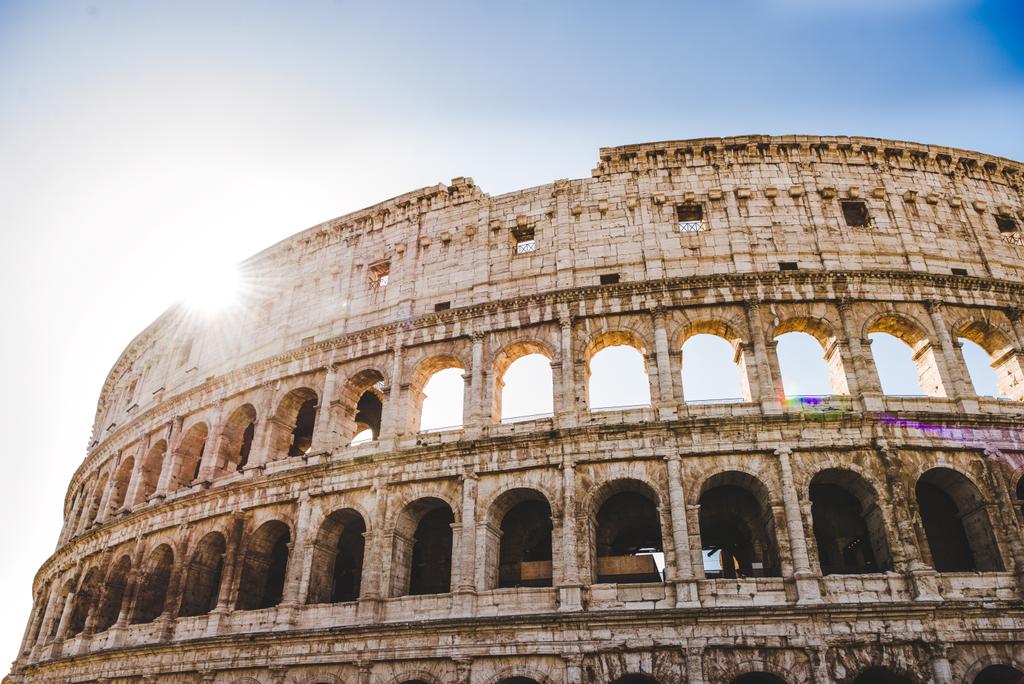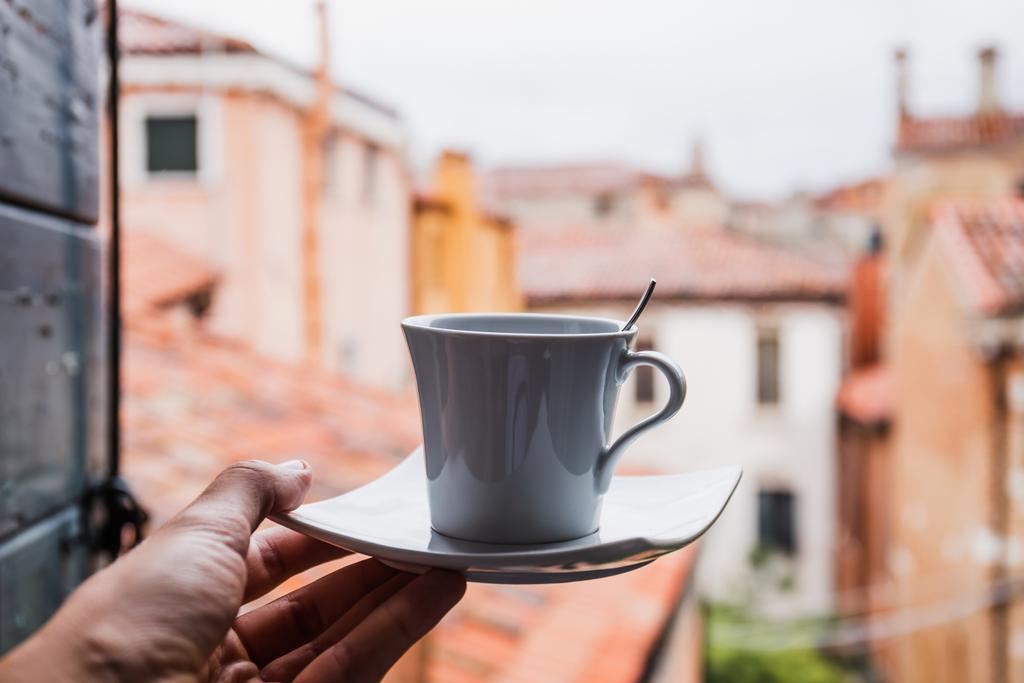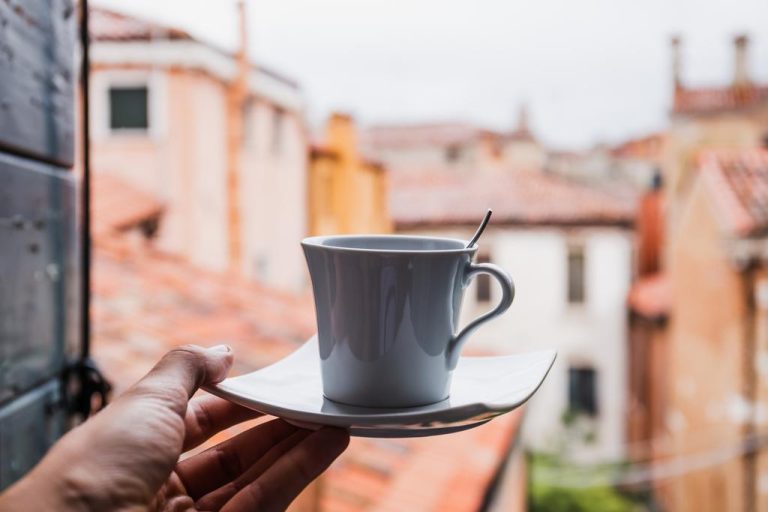Italy is the mecca for every coffee lover. Traditional barista celebrate the coffee preparation and that tastes and you can see. The ambience is also right: sun, rustic furniture, sociable chatting. Word has now been getting around that this fun of coffee is not quite cheap.
But, is this really the truth? A small “Caffè” knig.
Caffè much coffee
Espressoin Italy is traditionally an espresso. There are filter coffee, but you should expressly mention that when ordering. There are even localities in which a so -called Caffè Tedesco is not even served. In principle, he is only offered for tourists in hotels and tourist -close cafés.
The “counter trick”
If you were evil, you could call it a tourist trap. But you could also say that most vacationers are simply poorly informed. Because: For the fast espressogenic nut at the counter – standing, of course – the highest prices apply by law. The so-called “Al Banco” prices are binding for all bars, whether large or small, well-known or alternative, in Milan or in a small provincial village. However, the exact prices depend on the region, although they are a maximum of 1 euro. The prices at the table are completely different. Here the host can decide which “service surcharge” he demands. In Venice, for example, well and also 6 euros upwards. Of course, it can still be worth that. Most of the time it is still the case that the advertised prices relate to consumption at the counter. A look at the table menu should therefore be risked in any case!
Cappuccino for breakfast
Cappuccino strict, the cappuccino is actually only appropriate for breakfast. Because after 11 a.m. it is a bit frowned upon by the Italians. Only imaginable when it’s cold outside. Why it is like that? A cappuccino is considered a heavy drink that is not digestive, but must primarily be digested itself. If you do not want to oppose this tradition, but still want some milk to your espresso, then as an alternative there is the so-called Caffé Macchiatto (an espresso stained with milk, i.e. almost a mini cappuccino without foam). While there is still a tolerance limit at this point, it is an absolute “no-go” to order a cappuccino right after the meal.
Finally, it should also be said that there are no fixed “coffee times” in Italy. Espresso is drunk around the clock and everywhere. Also, the glass of water for espresso is by no means mandatory as is often reported. In most cases, water is reserved for free, but this is not typical of Italian.

